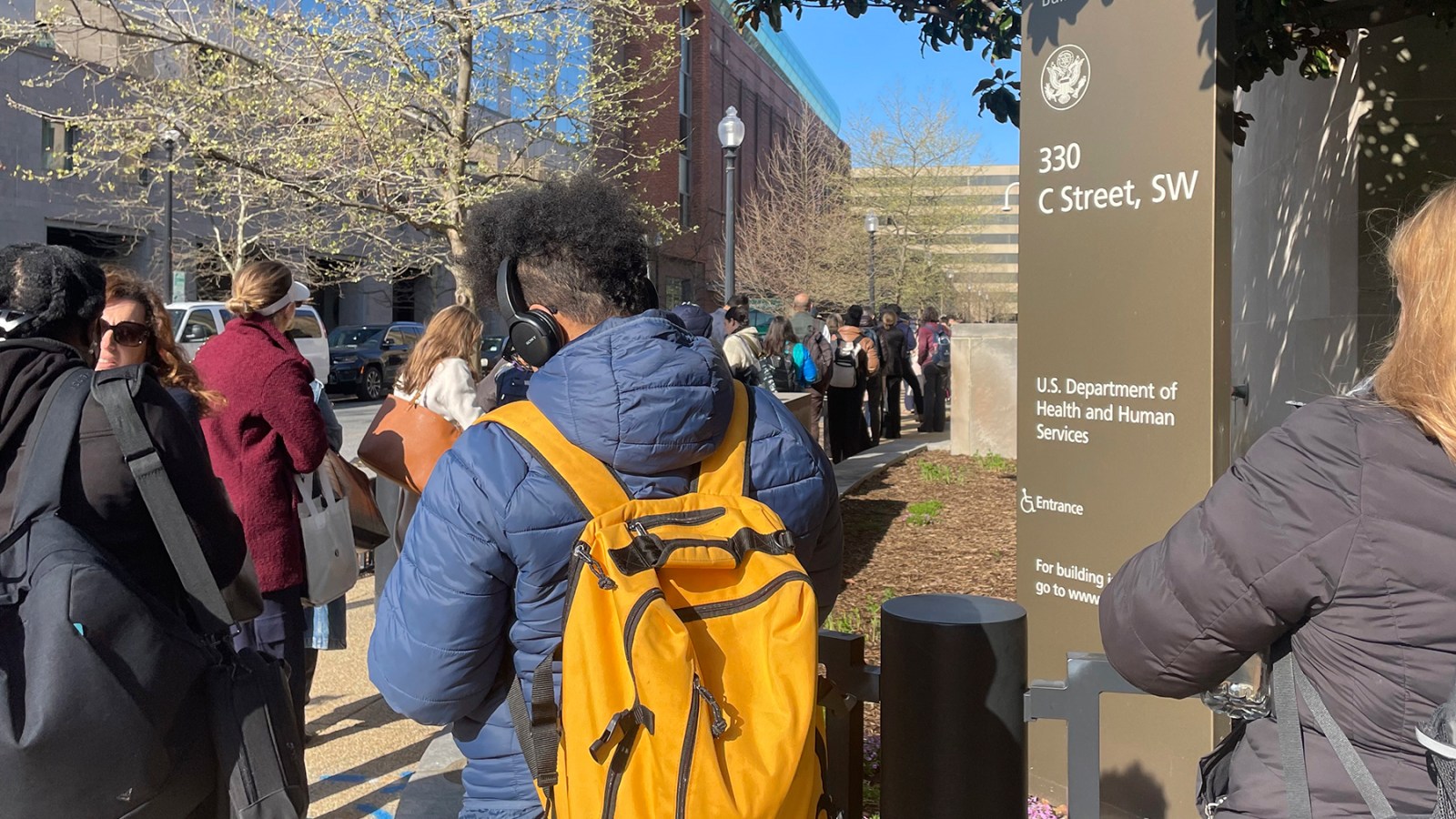Health Agency Showdown: Trump and RFK Jr.'s Explosive Power Struggle

In the wake of massive layoffs, the future of critical health agencies like the CDC and FDA hangs in the balance, according to insights from current and former staff members. The widespread workforce reductions have sparked serious concerns about the long-term effectiveness and operational capacity of these vital public health institutions.
Insiders reveal that the significant personnel cuts are more than just numbers on a spreadsheet—they represent a potential erosion of expertise, institutional knowledge, and the agencies' ability to respond quickly to emerging health challenges. The uncertainty surrounding these organizations raises critical questions about their ability to protect public health and maintain their world-renowned standards of medical research and safety oversight.
As these agencies grapple with reduced staffing and uncertain resources, the implications extend far beyond bureaucratic restructuring. The potential impact could reshape how the United States approaches disease prevention, medical innovation, and public health emergency response in the years to come.
